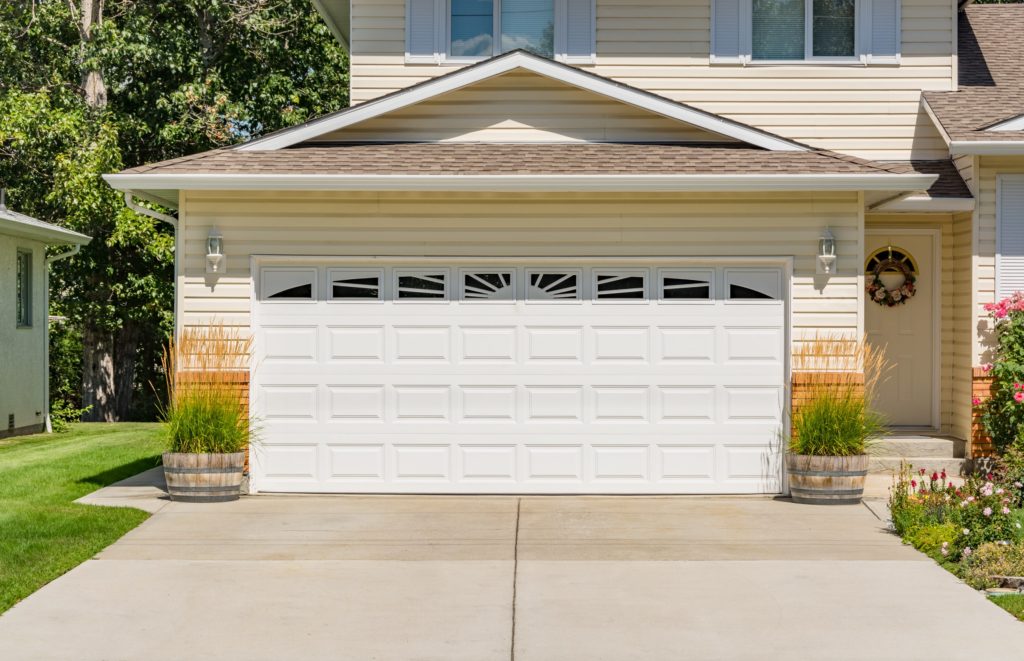Your roof is your home’s first line of defense against weather, pests, and other elements. Keeping up with routine inspections and addressing issues promptly ensures your roof is functioning properly and protecting the people inside your house.
However, certain situations demand emergency attention. This article will discuss five signs that indicate you need to call in a professional for emergency roof repair right away. Click here for more info.
Cracked Shingles
As long as you’re willing to climb a ladder and don’t mind a little roofing work, cracked shingles are relatively easy to replace. You’ll need a pry bar, roof cement, and some replacement shingles. Be sure to wear rubber boots and use a helper when climbing on the roof, as it’s dangerous work. Before you begin, assess the damage carefully and determine how many new shingles you’ll need to replace the damaged ones with. Be careful not to confuse cracking with splitting as cracks are shallower and don’t pose a leak risk.
If the problem is on a highly visible area of the roof, consider using a color-matched shingle from less visible areas of the roof to avoid an unsightly patchy repair. You’ll also want to pull any exposed nails and treat the areas with rust paint. This will keep water from seeping under shingles and rotting the wood beneath. These small repairs prevent a bigger problem down the road.
Water Leaks
A roof leak is often the most obvious sign of a roofing problem. Water leaks can cause serious damage to the home if not repaired promptly. They also lead to water-damaged ceilings and drywall and contribute to mold growth.
Leaks are easy to identify when they show up in the house as damp spots or discoloration on the ceiling or walls. Check for leaks around chimneys, old flashing, plumbing and roof vents, skylights, and other penetrations. Also, look for rust or cracked caulk at the pipe collar and the rain cap.
If you suspect a leak, it’s important to limit the impact by moving items in the room and taking steps to protect your belongings. Then, grab buckets or tarps and start catching the water to reduce the amount of damage. You can also use roofing cement to make a temporary patch until the weather allows for more permanent repairs. This is a good time to consider upgrading to a more resilient roofing system.
Debris on the Roof
During adverse weather events, debris blown on top of your roof can injure people who are working there and damage equipment or other components. It can also bruise or puncture shingles and other roofing materials. Small building components like nails, wood chips, and twigs can be very damaging to your roof. They may bash into units, hatches, lights, or the roof surface itself and cause expensive repairs.
In addition, piles of leaves and tree limbs can block water from draining off your roof in the way it is supposed to do. Over time this can lead to major leaks that will need repair. Roofs need to be cleaned and maintained regularly. Debris buildup can look unsightly and make the entire structure appear unkempt. It can also be a breeding ground for bugs that can enter your home or business and create damp and dark spots inside. Keeping up with regular debris removal will help prolong the life of your roof.
Wind Damage
Wind damage may look minor at first or be tough to spot, but it can grow worse and cause significant problems if left untreated. If you see water stains on the ceilings inside your home or any other signs of a leaky roof, call a local roofing company and schedule a property evaluation right away.
During high winds and storms, shingles can loosen or even blow off completely. Usually, this happens along the edges of the roof where materials are loose and can be easily picked up by the wind.
If you suspect your roof has been damaged by the wind, a professional can inspect it for you (if you are comfortable getting on a ladder and climbing around). They can also use a drone to check for any potential issues that are unsafe or difficult to get to from ground level. It’s also a good idea to secure all loose objects on your property during high winds and thunderstorms, including lawn decorations, trash bins, patio furniture, and children’s toys. Continue reading the next article.




